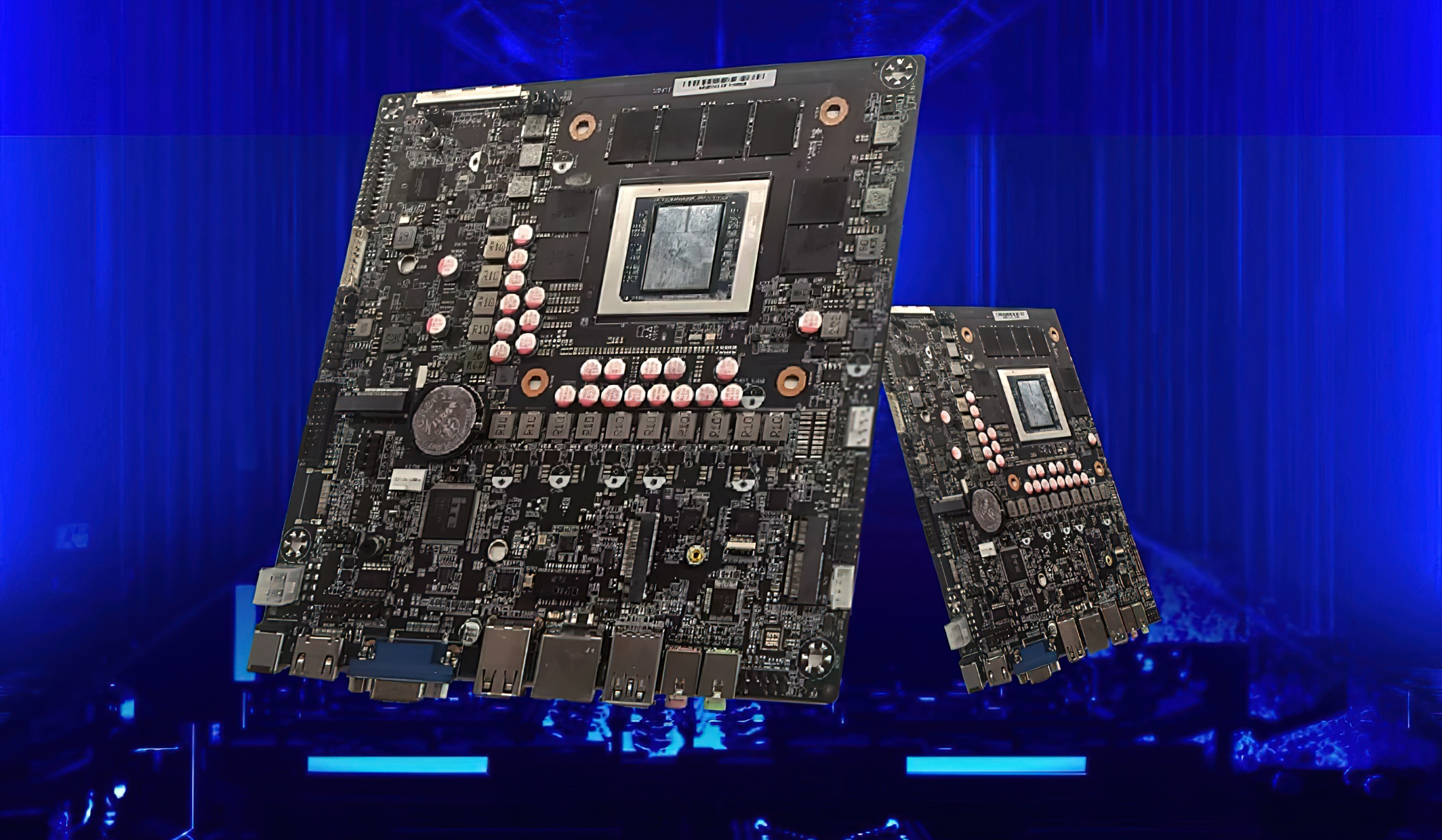AMD’s Strix Halo ‘Ryzen AI MAX’ APUs, known for being the fastest SoCs, are now accessible to DIY PC builders, thanks to the new MoDT motherboards. Chinese PC manufacturer, Sixunited, has launched its STHT1 Thin Mini-ITX motherboard, powered by AMD’s Strix Halo ‘Ryzen AI MAX’ platform. 
The Ryzen AI MAX series combines cutting-edge Zen 5 cores with an enhanced RDNA 3.5 GPU, delivering insane performance on a single chip.
While Strix Halo APUs were initially reserved for laptops and mini PCs, manufacturers are now exploring new uses, such as handhelds and DIY motherboards. The STHT1 motherboard supports FP11-based Ryzen AI MAX APUs, offering flexibility to be paired with various Ryzen AI MAX chips. However, note that this is a non-socketed platform, meaning the chip is soldered directly to the motherboard.
The STHT1 supports up to 128 GB of LPDDR5X-8000 memory, also soldered to the motherboard. LPDDR5X is crucial for providing the necessary bandwidth to the GPU for top-tier performance. The 128 GB memory will be shared with the GPU, allowing users to run large language models or set up a DIY ‘AI’ box, making it a great option for mobile workstation platforms.
On the motherboard’s power delivery, Sixunited uses at least 16 VRM power phases for the SOC, and a 4+1 phase design for the other components. It offers two M.2 2280 Gen 4.0 x4 SSD slots, a M.2 2230 slot for a Wi-Fi card, and various USB ports (2 USB 3.2 Gen2, 2 USB 3.2 Gen1, and 7 USB 2.0), with another configuration offering more USB 3.2 Gen1 and Type-C ports. Display options include HDMI, DP, VGA, COM, and eDP for multi-monitor setups. Other features include an RJ45 LAN port, headset/mic port, fan headers, a 4-pin ATX power connector, and a 19V DC input. The board is compact, measuring 170x170mm.
Interestingly, there are no PCIe slots, which could limit expansion options like adding a discrete GPU. However, the Strix Halo ‘Ryzen AI MAX’ series already includes powerful RDNA 3.5 GPUs, with the Radeon 8060S boasting up to 40 compute units, rivaling NVIDIA’s RTX 5060 Ti. This eliminates the need for independent power delivery for a discrete GPU. The chips have a TDP of up to 120W, and the board is designed to support these power demands.
While pricing and availability are still unclear, it’s expected that the motherboard will first launch in APAC markets. Given the competitive pricing of MoDT (Mobile on Desktop) boards, it’s likely to be affordable, with similar products like Framework’s MODT starting at $800 US.